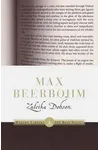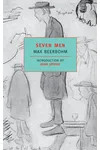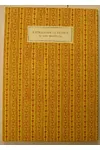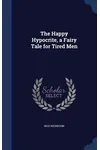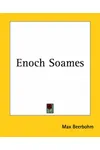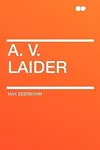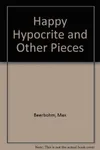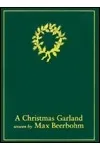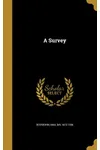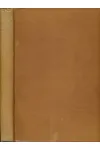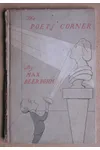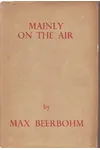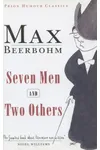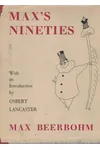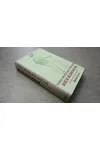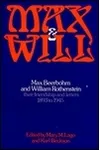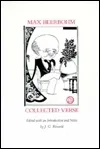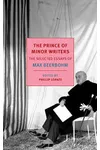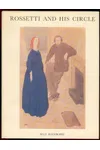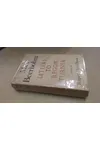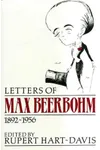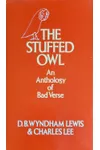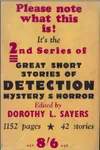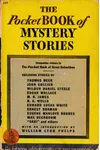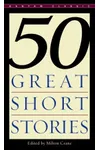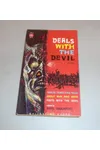Picture a dandy with a pen sharper than a tailor’s needle, weaving satire and charm through Edwardian England—meet Max Beerbohm! Born in 1872, this English essayist, caricaturist, and novelist captured the absurdities of high society with wit and whimsy. His only novel, Zuleika Dobson, remains a sparkling gem of literary fantasy, while his caricatures and essays cemented his status as a cultural icon.
Known as 'the incomparable Max' by George Bernard Shaw, Beerbohm’s blend of humor and insight made him a beloved figure in literary circles. Whether sketching pompous politicians or penning parodies, his work invites us to laugh at life’s pretensions while marveling at its elegance.
The Making of Max Beerbohm
Born on August 24, 1872, in London’s Palace Gardens Terrace, Henry Maximilian Beerbohm was the youngest of nine children in a well-to-do family of Lithuanian descent. His half-brother, the famed actor Herbert Beerbohm Tree, introduced him to the theatrical world, sparking a lifelong love for drama and satire. At Oxford’s Merton College, Max honed his wit, contributing essays to The Yellow Book and sketching caricatures of classmates, all while embracing the dandy persona that defined his early years.
By 1894, Beerbohm left Oxford without a degree, already a rising star in literary London. His essay A Defence of Cosmetics shocked and delighted readers, cementing his reputation as a provocateur. A brief stint in America as press agent for his brother’s theater troupe ended in a humorous firing—Max spent too much time perfecting letters—but it fueled his zest for satire.
Max Beerbohm’s Unforgettable Works
Beerbohm’s literary output sparkles with variety. His first book, The Works of Max Beerbohm (1896), collected witty essays from his Oxford days, brimming with mock-scholarly flair. A Christmas Garland (1912) showcased his mastery of parody, mimicking the styles of literary giants like Joseph Conrad and Rudyard Kipling with uncanny precision.
His only novel, Zuleika Dobson (1911), is a fantastical satire of Oxford life, where a femme fatale’s arrival sparks chaos among lovestruck undergraduates. Praised by Virginia Woolf and E.M. Forster, it’s a timeless blend of farce and social critique, ranked 59th on the Modern Library’s list of 20th-century novels. Seven Men (1919), a collection of short stories, includes the haunting Enoch Soames, a tale of a poet’s pact with the devil, showcasing Beerbohm’s knack for blending fantasy with sharp character studies.
As a caricaturist, Beerbohm’s delicate pen-and-watercolor sketches captured the essence of Victorian and Edwardian figures. From Caricatures of Twenty-five Gentlemen (1896) to Rossetti and His Circle (1922), his drawings paired elegance with gentle mockery, earning a place in galleries like the Tate.
Why Max Beerbohm Matters
Beerbohm’s influence lies in his ability to skewer pretension without malice, offering a civilized critique of his era’s excesses. His work bridged the Victorian and modern worlds, influencing satirists and cartoonists who followed. Knighted in 1939, he remained a cultural touchstone, his radio broadcasts in later years charming new audiences from his Rapallo, Italy, home.
Today, Beerbohm’s legacy endures in his timeless humor and artistic finesse. Scholars and readers cherish his ability to make us laugh at ourselves, ensuring his place as England’s supreme parodist and a master of satiric fantasy.
About Max Beerbohm
- Birth Date: August 24, 1872
- Key Works: Zuleika Dobson, A Christmas Garland, Seven Men
- Awards: Knighted in 1939
- Notable Fact: Nicknamed 'the incomparable Max' by George Bernard Shaw
Snag Zuleika Dobson and dive into Max Beerbohm’s dazzling world of wit and whimsy!

